All templates
Software development templates
Map out cloud architectures, create network diagrams and improve systems management with Miro's software development templates collection. Don't leave anyone behind sharing the same concepts and ideas, and move your team forward.
221 templates
Software Requirements Document
1 likes104 uses
Storyboard for Software Development
22 likes98 uses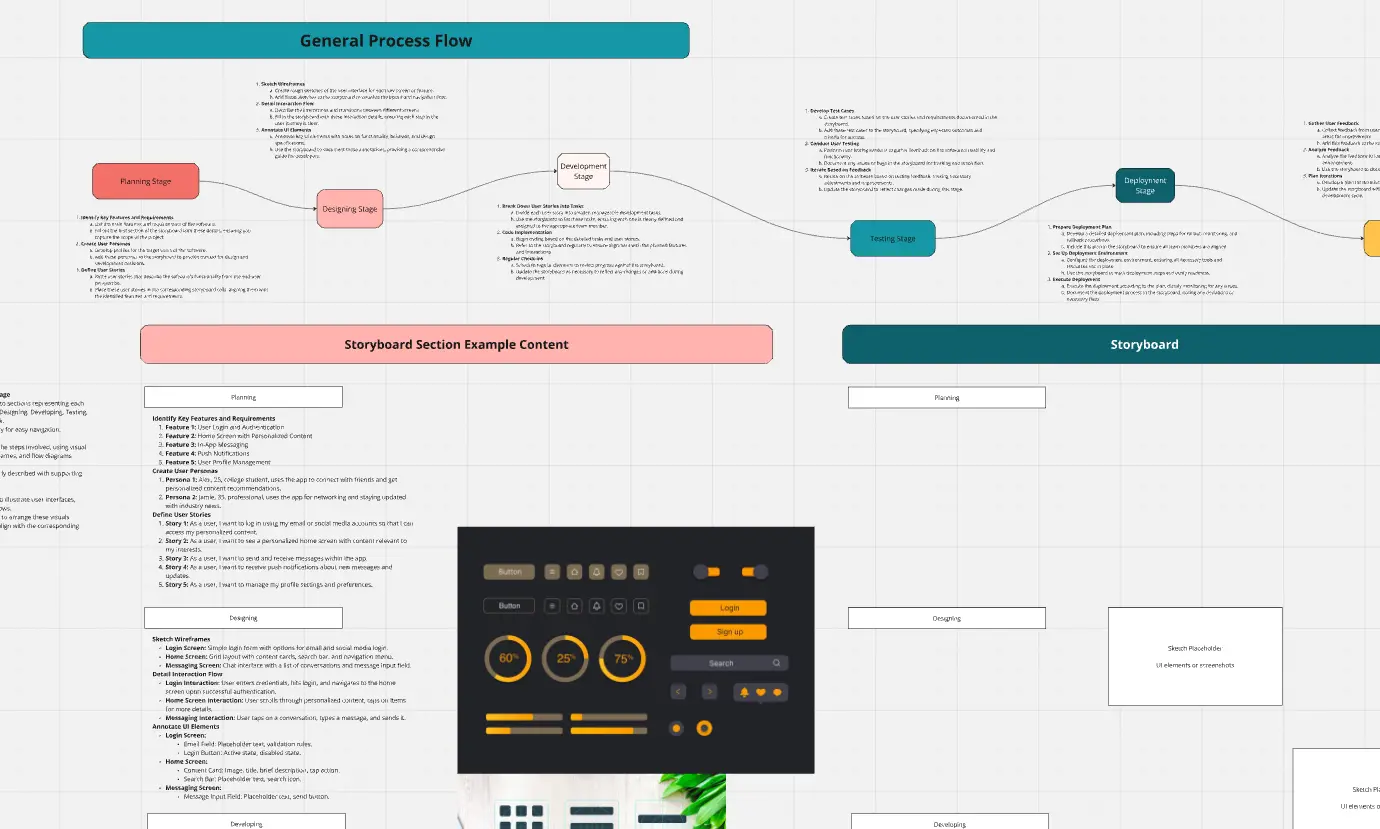
Product Development Flowchart Template
0 likes38 uses
Product Development Gantt Chart
7 likes85 uses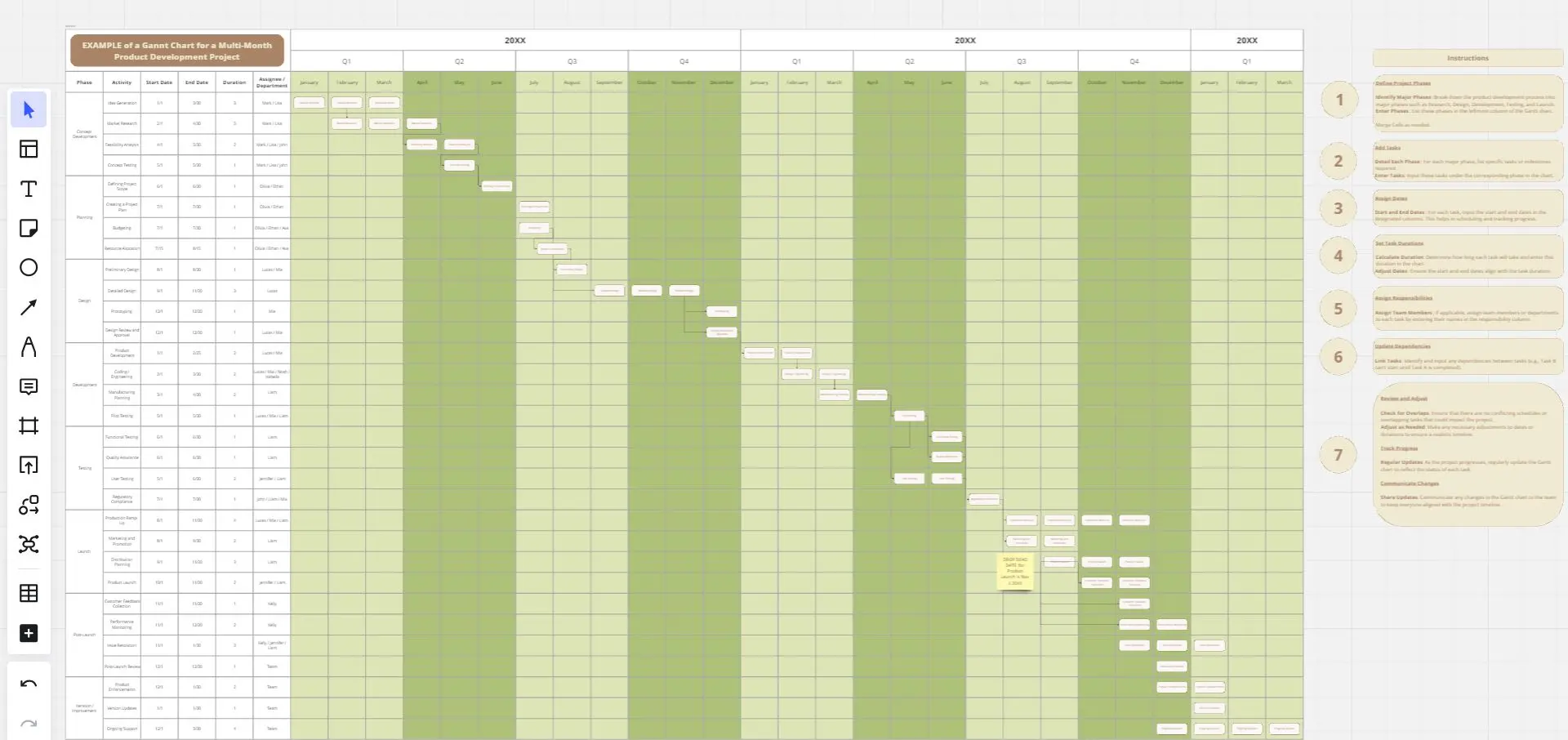
App Development Canvas Template
2 likes24 uses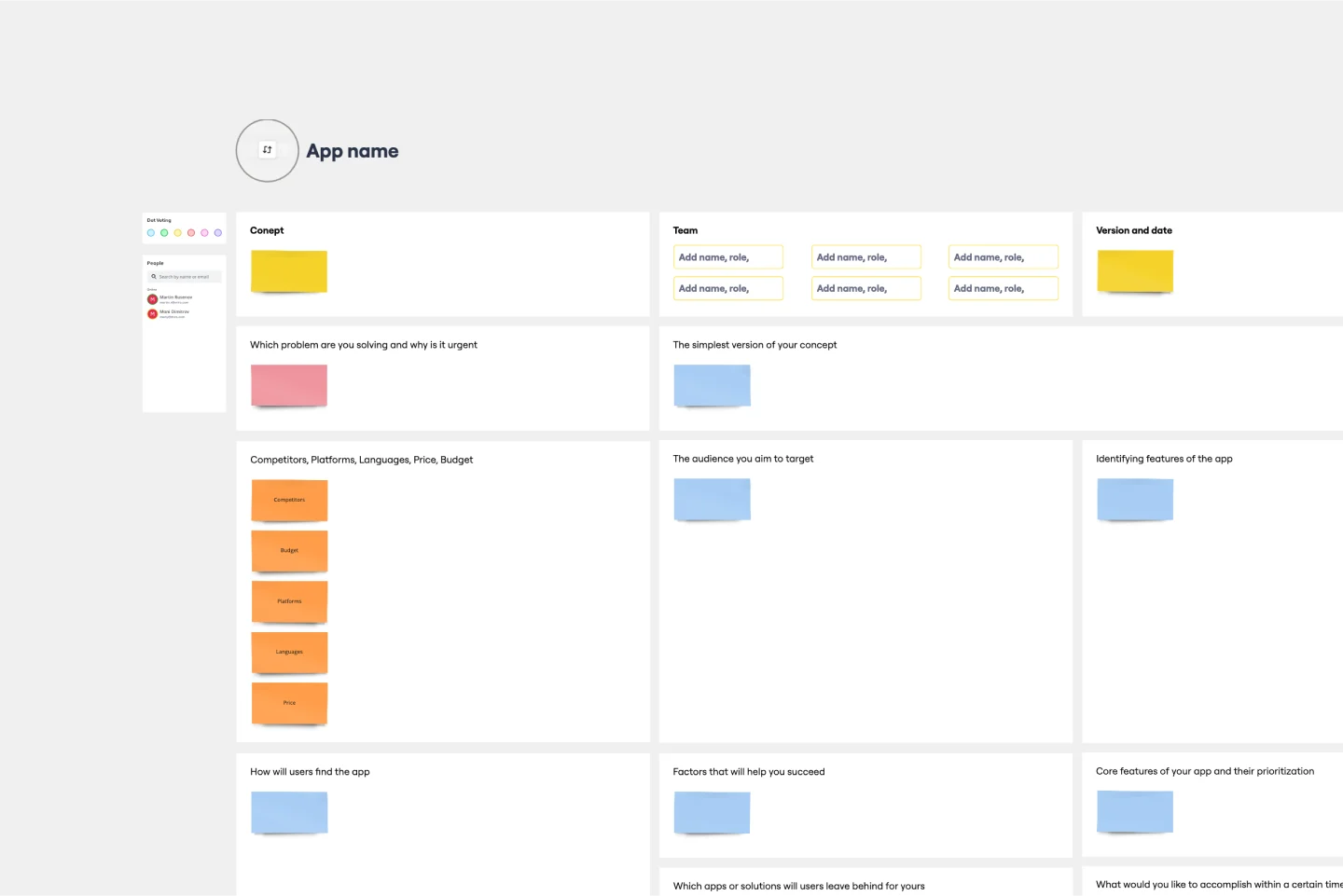
Product Development Process Flowchart Template
1 likes49 uses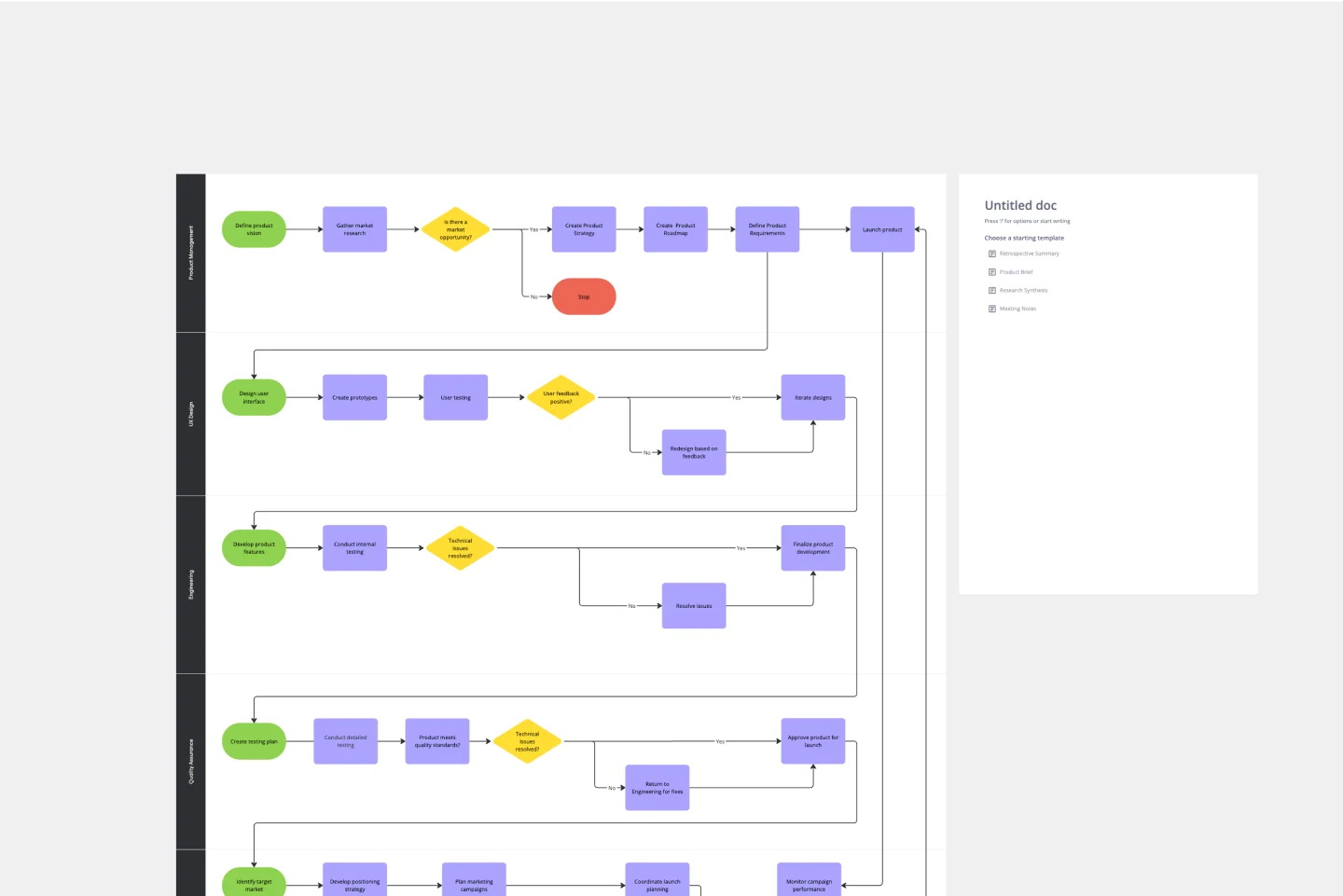
AJ&Smart's Remote Design Sprint
848 likes11K uses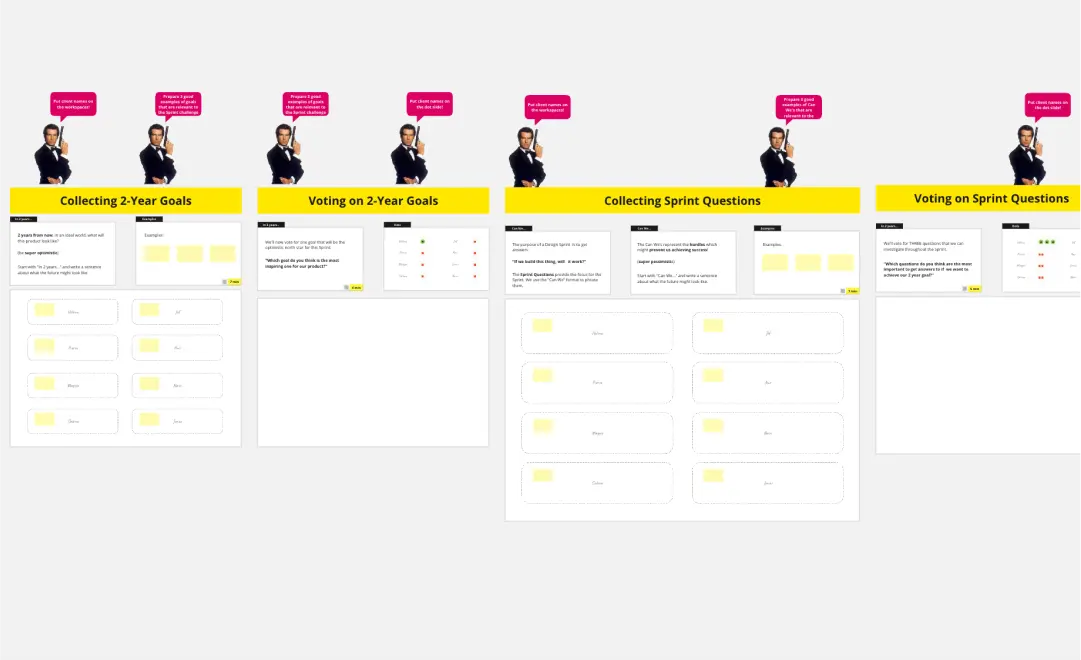
C4 Model - Getting Started Workshop
133 likes2.1K uses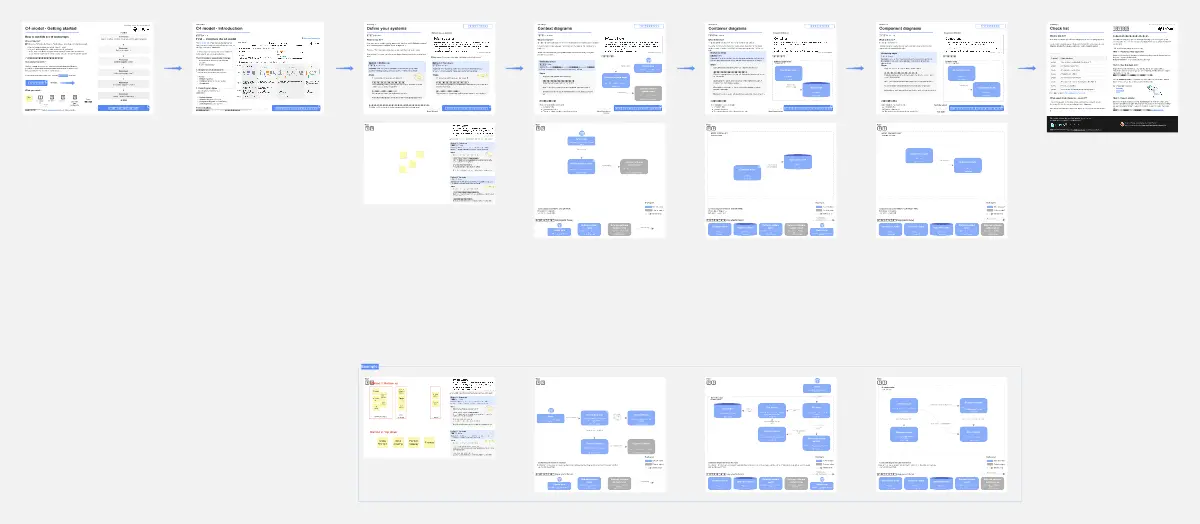
DDD: Design Bounded Contexts
122 likes1.6K uses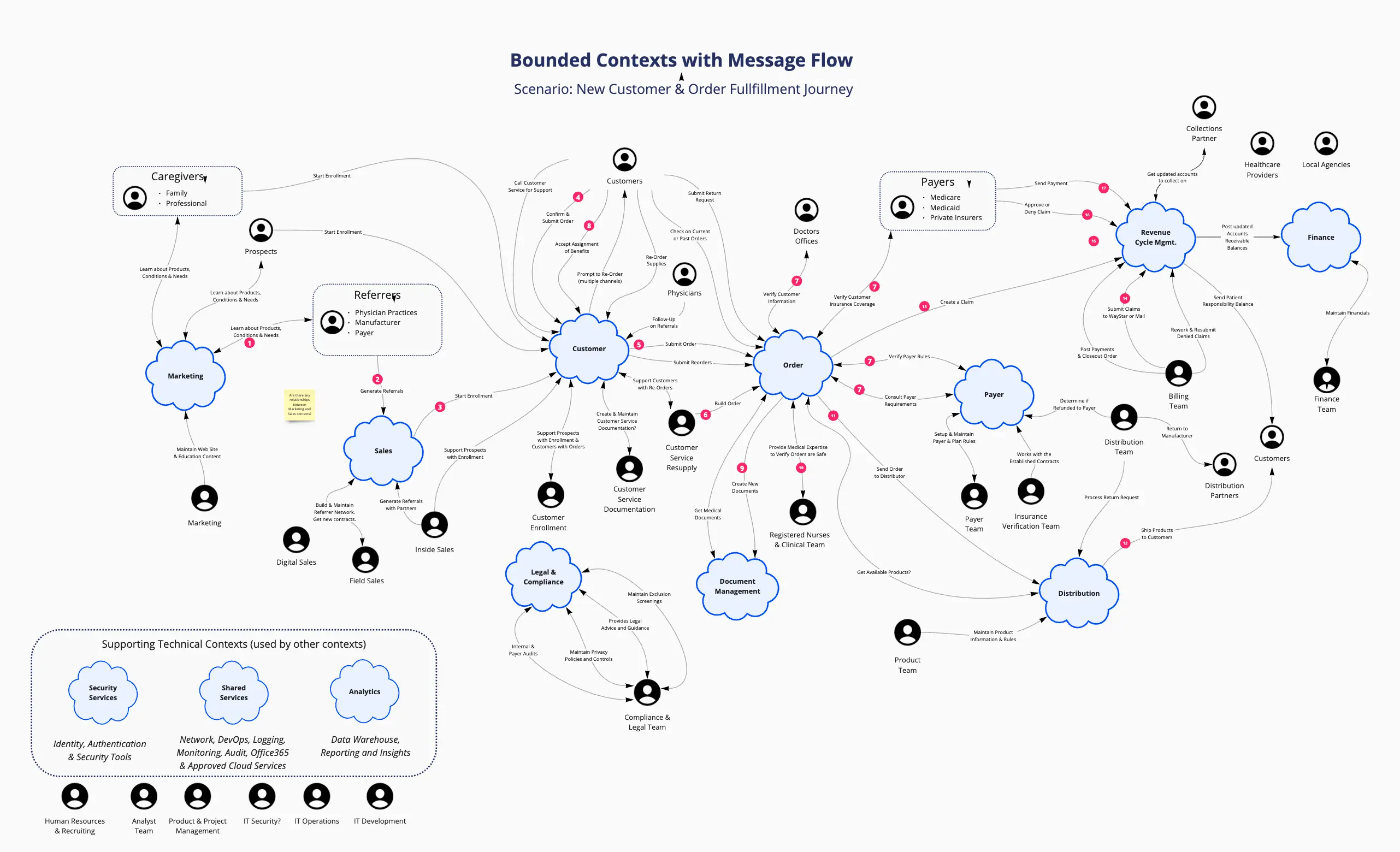
Entity Relationship Diagram Template
19 likes1.5K uses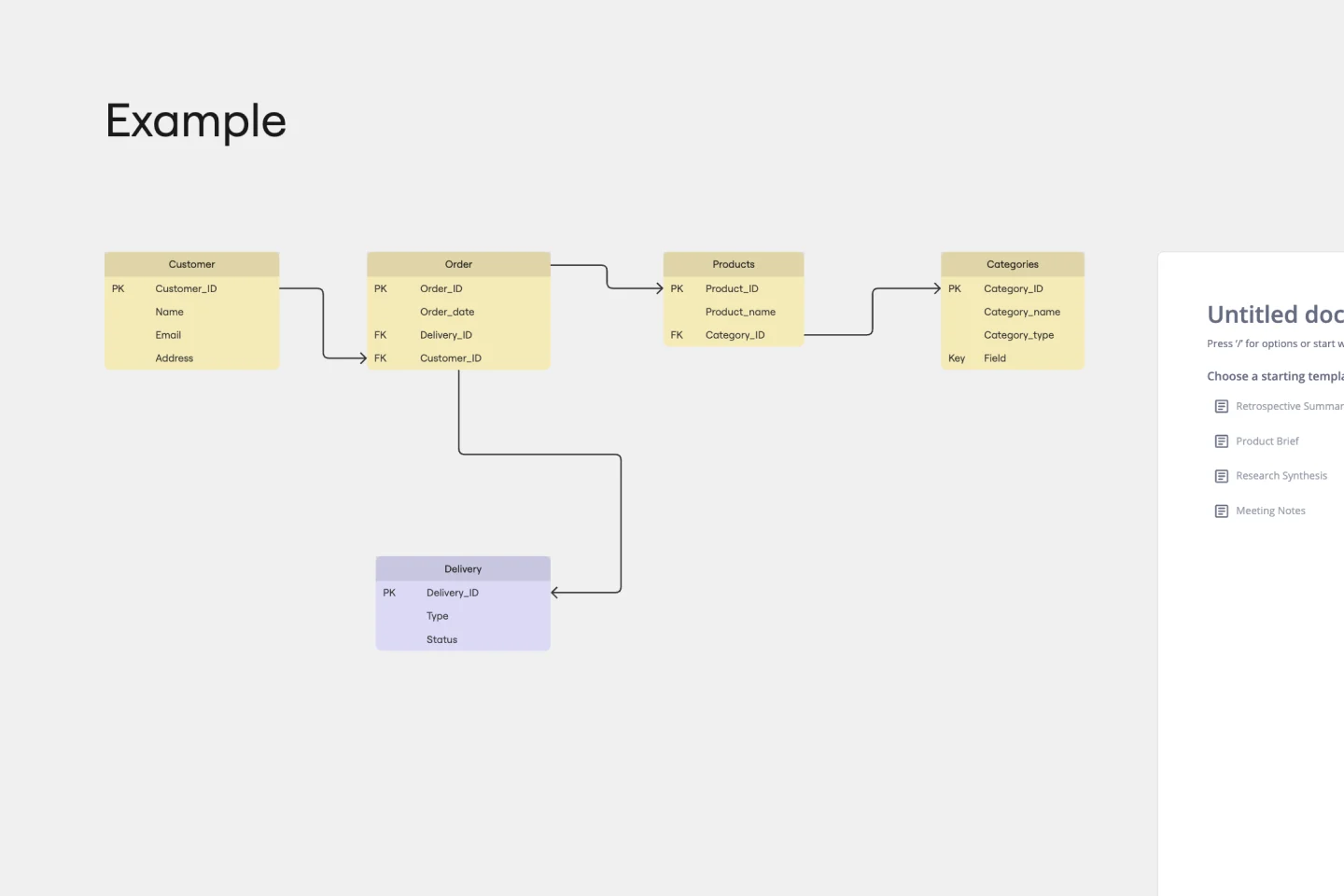
AWS Architecture Diagram Template
8 likes1.2K uses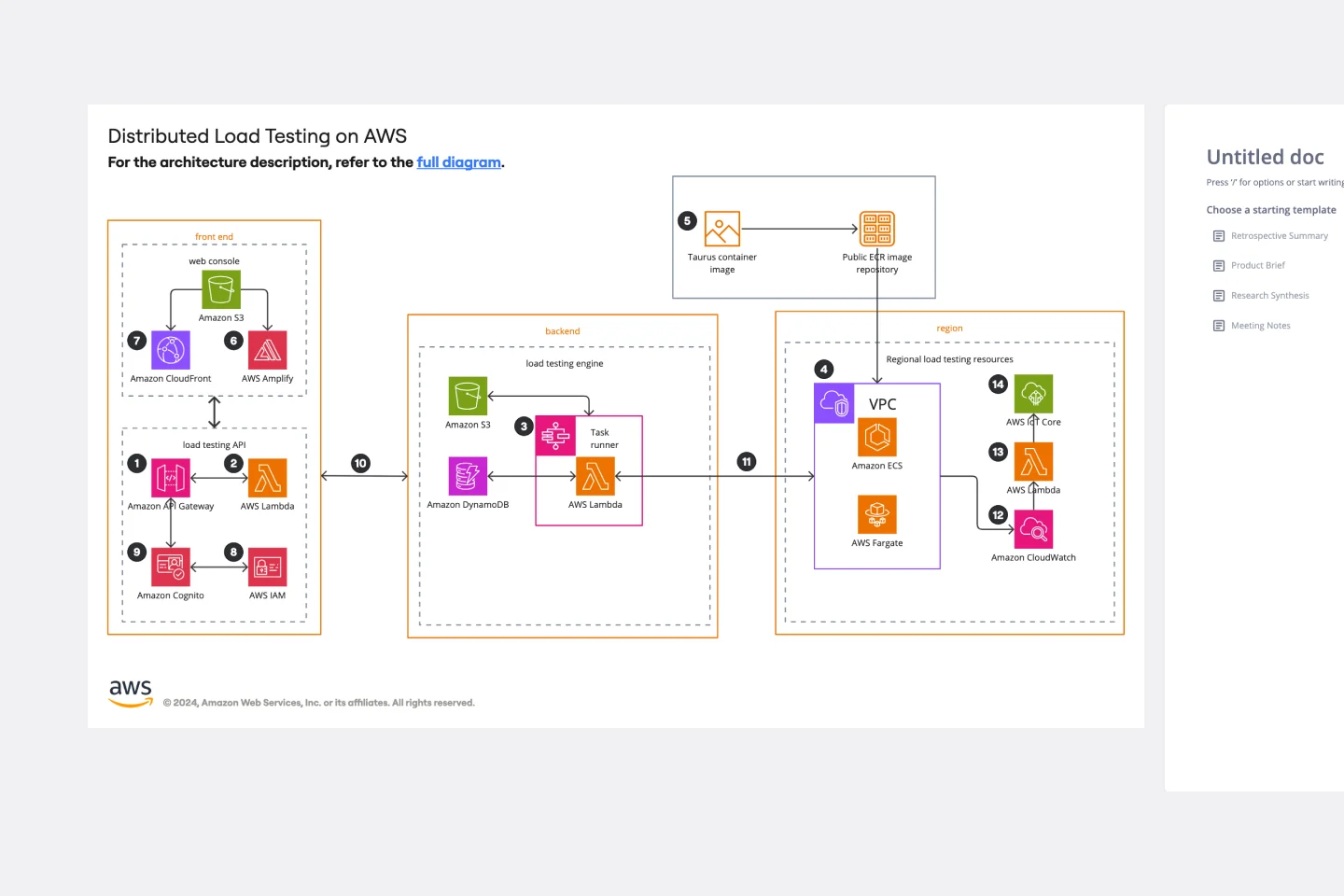
9 Box Talent Grid
51 likes1.2K uses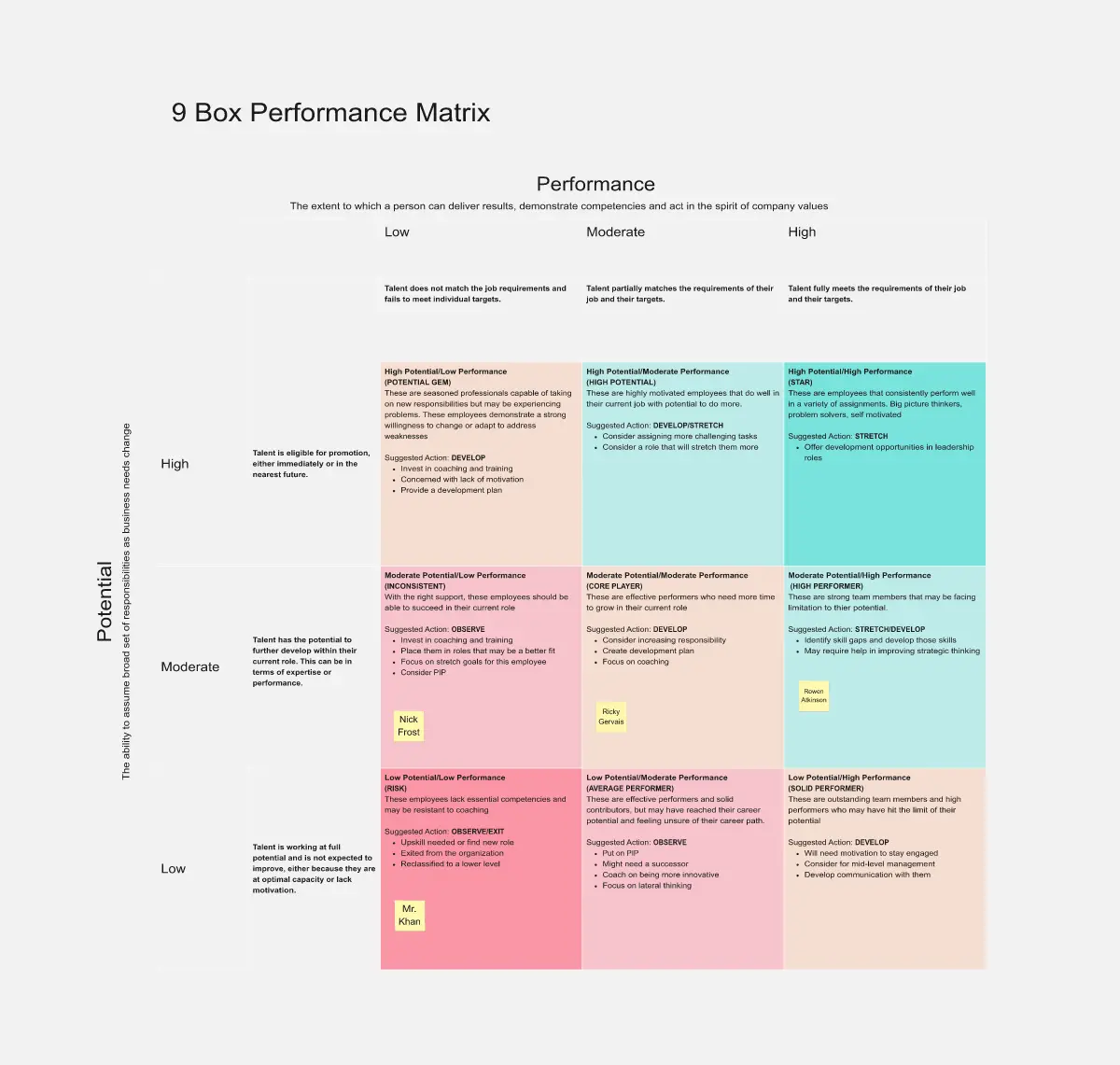
Individual Development Plan
274 likes1.1K uses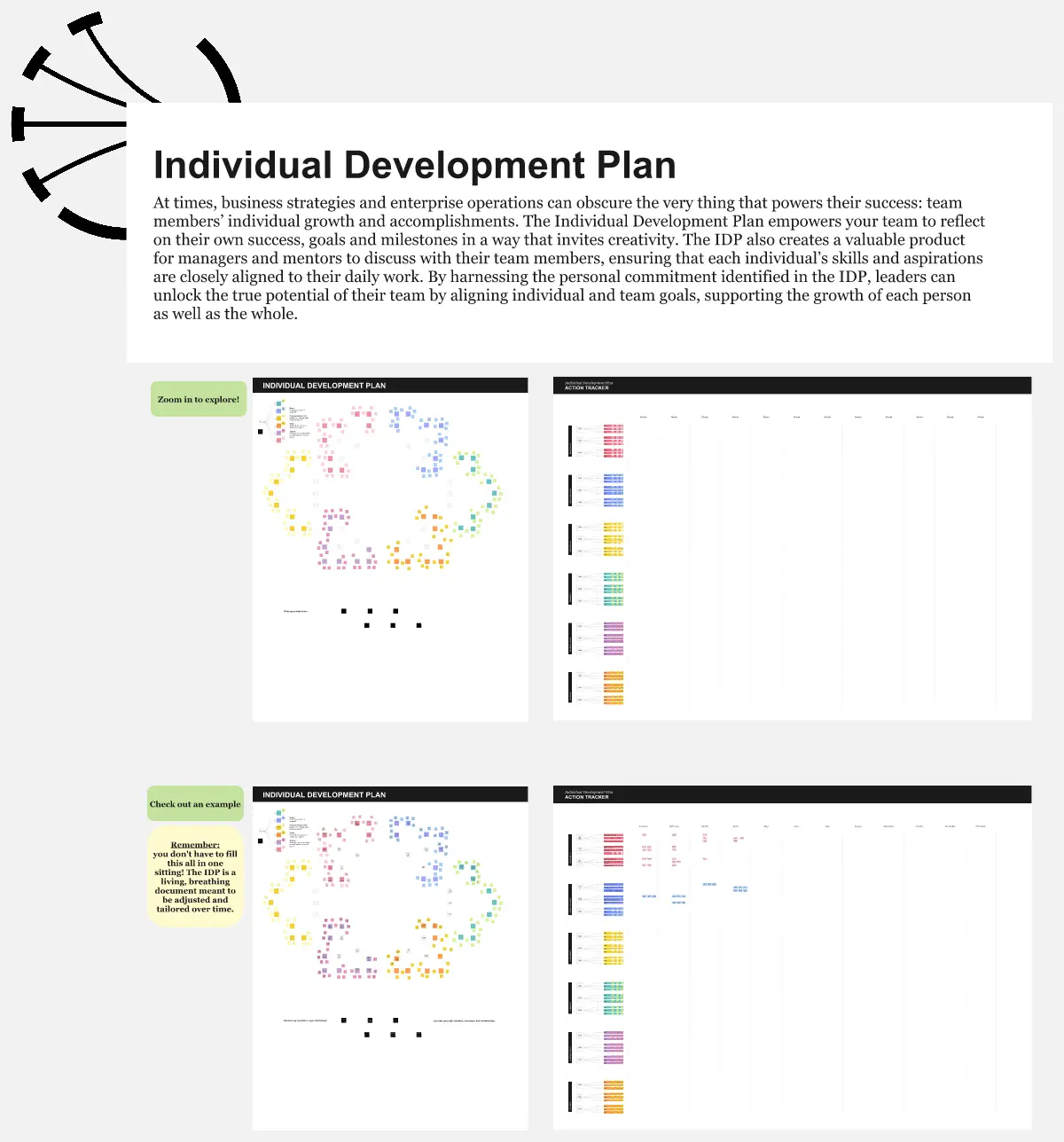
Product Development Phases
374 likes1.1K uses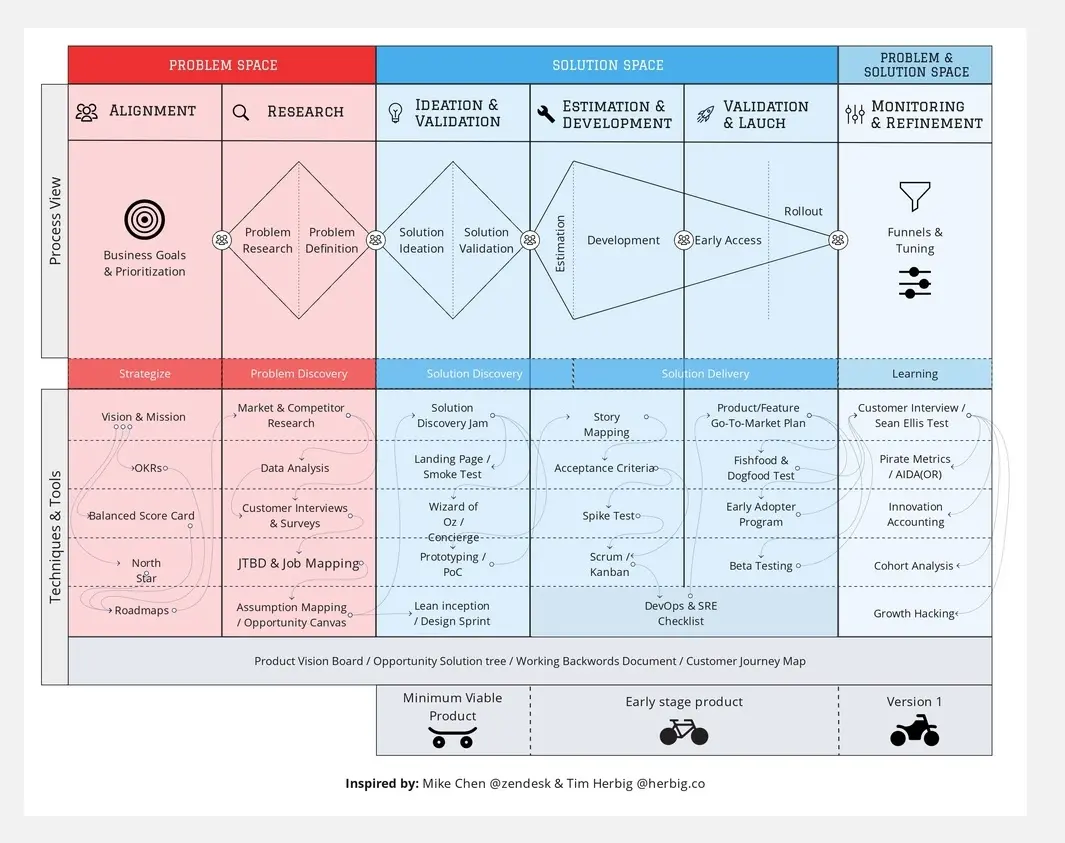
Low-fidelity Wireframes Template
10 likes1.1K usesTeam Topologies
59 likes965 uses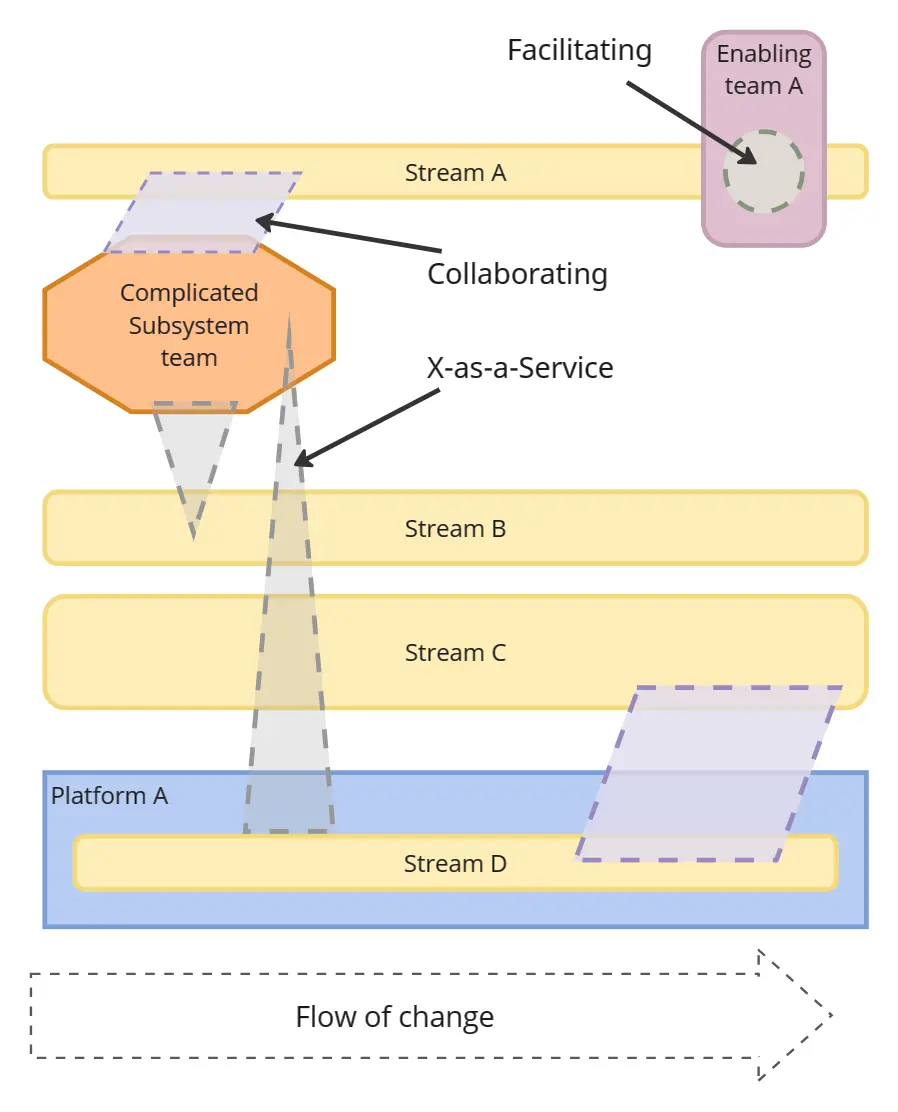
User Flow Template
7 likes834 uses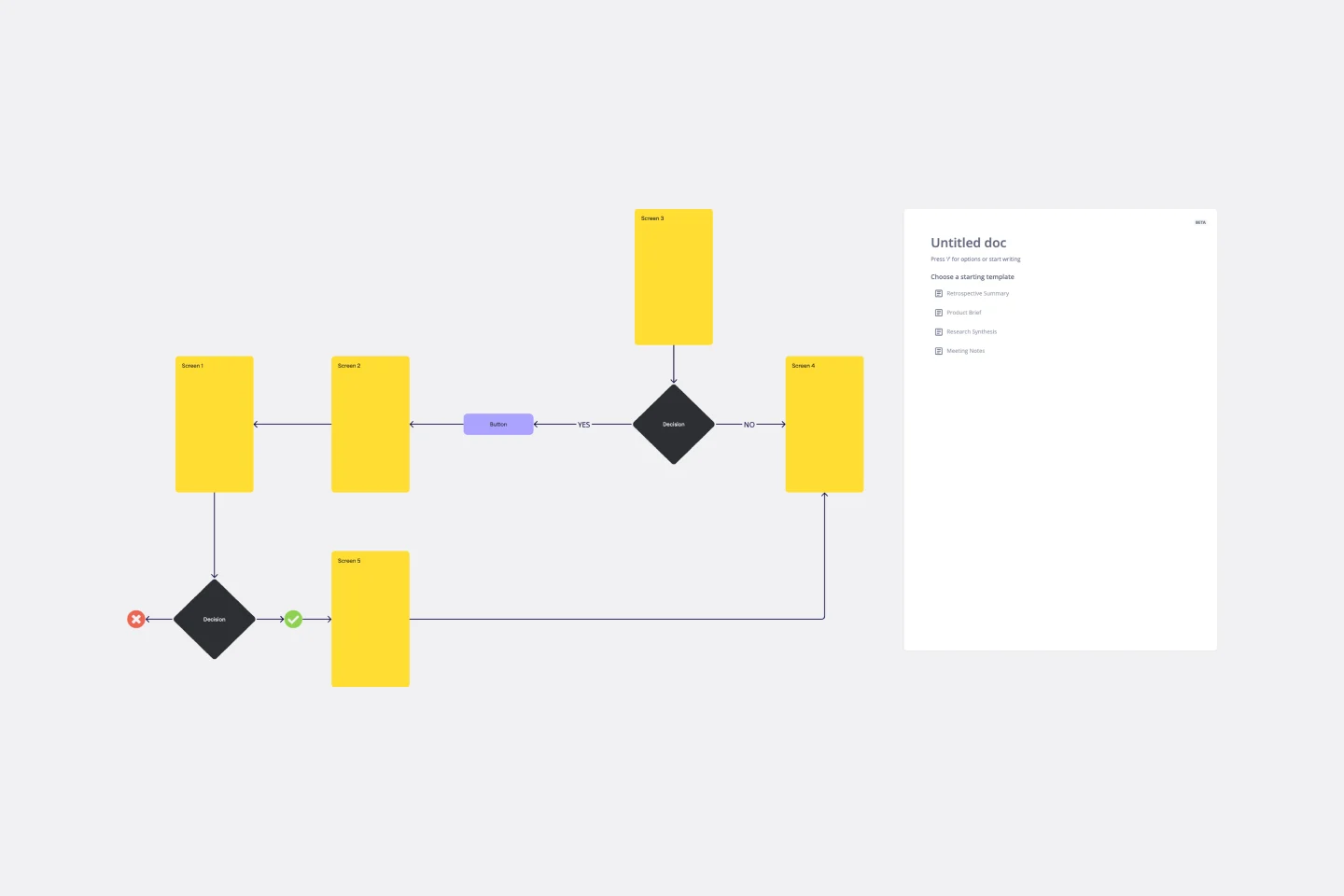
DDD: Discover User Journeys w/ Event Storms
79 likes796 uses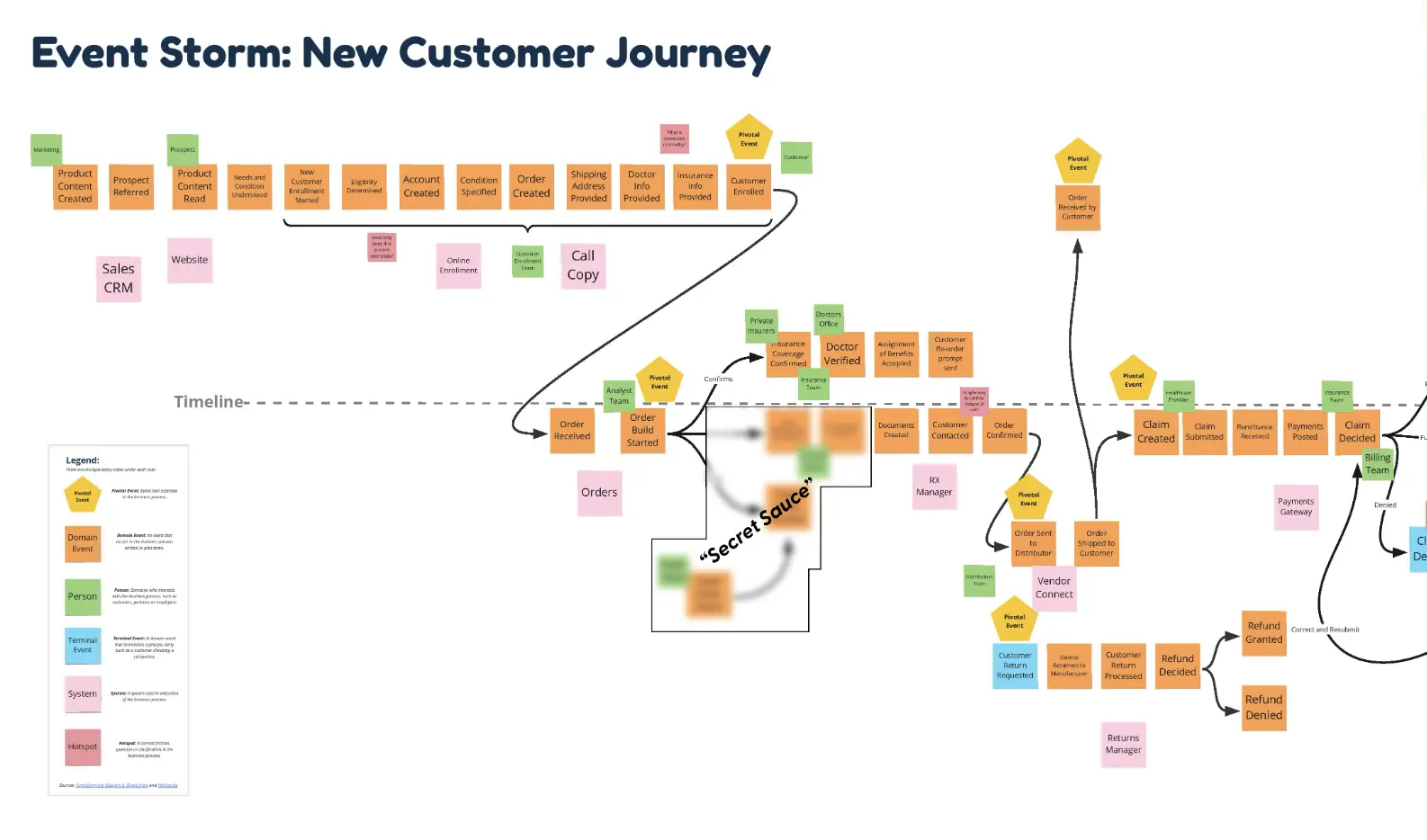
Strategy Development Map
234 likes626 uses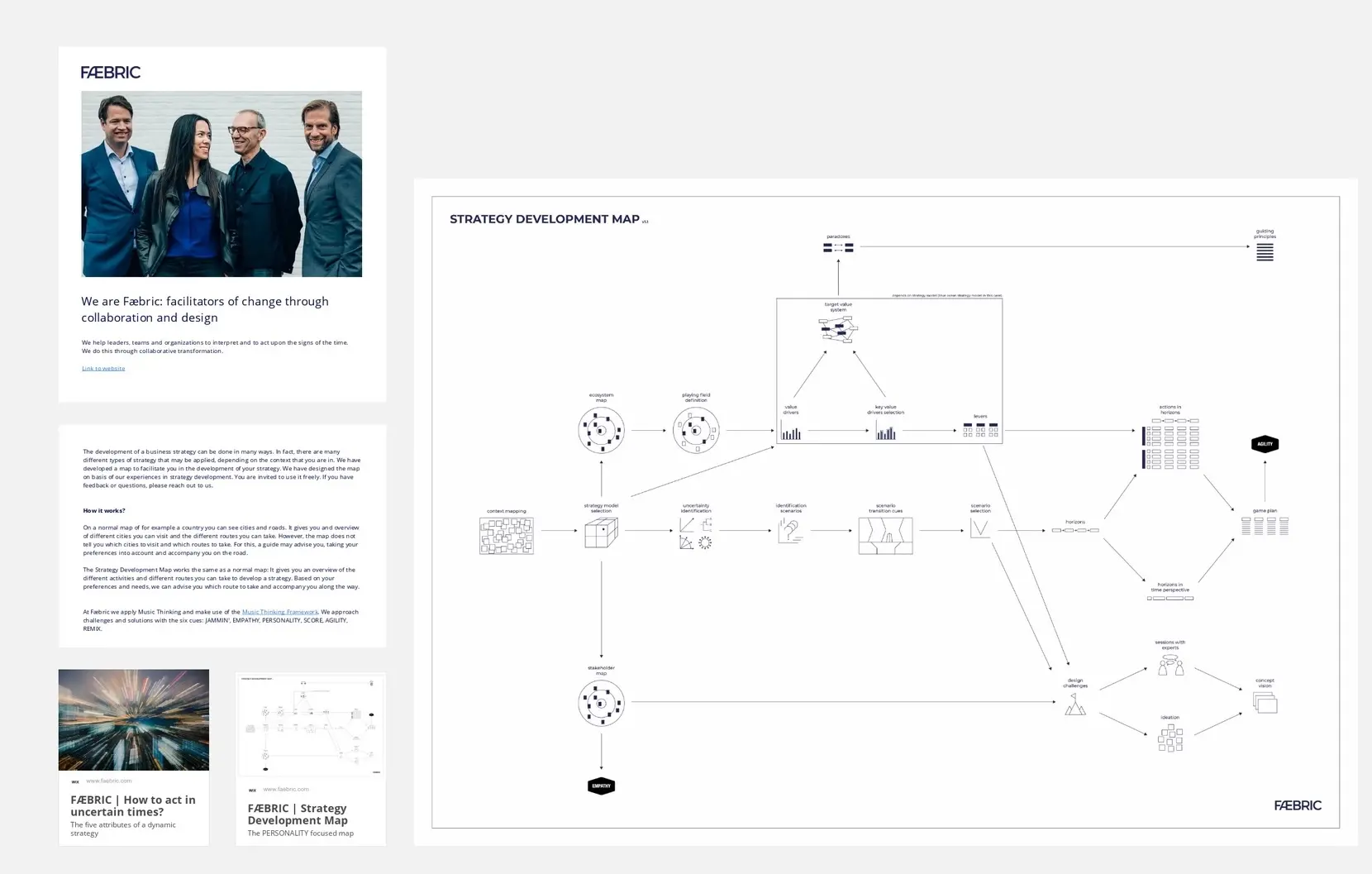
Data Flow Diagram Template
4 likes568 uses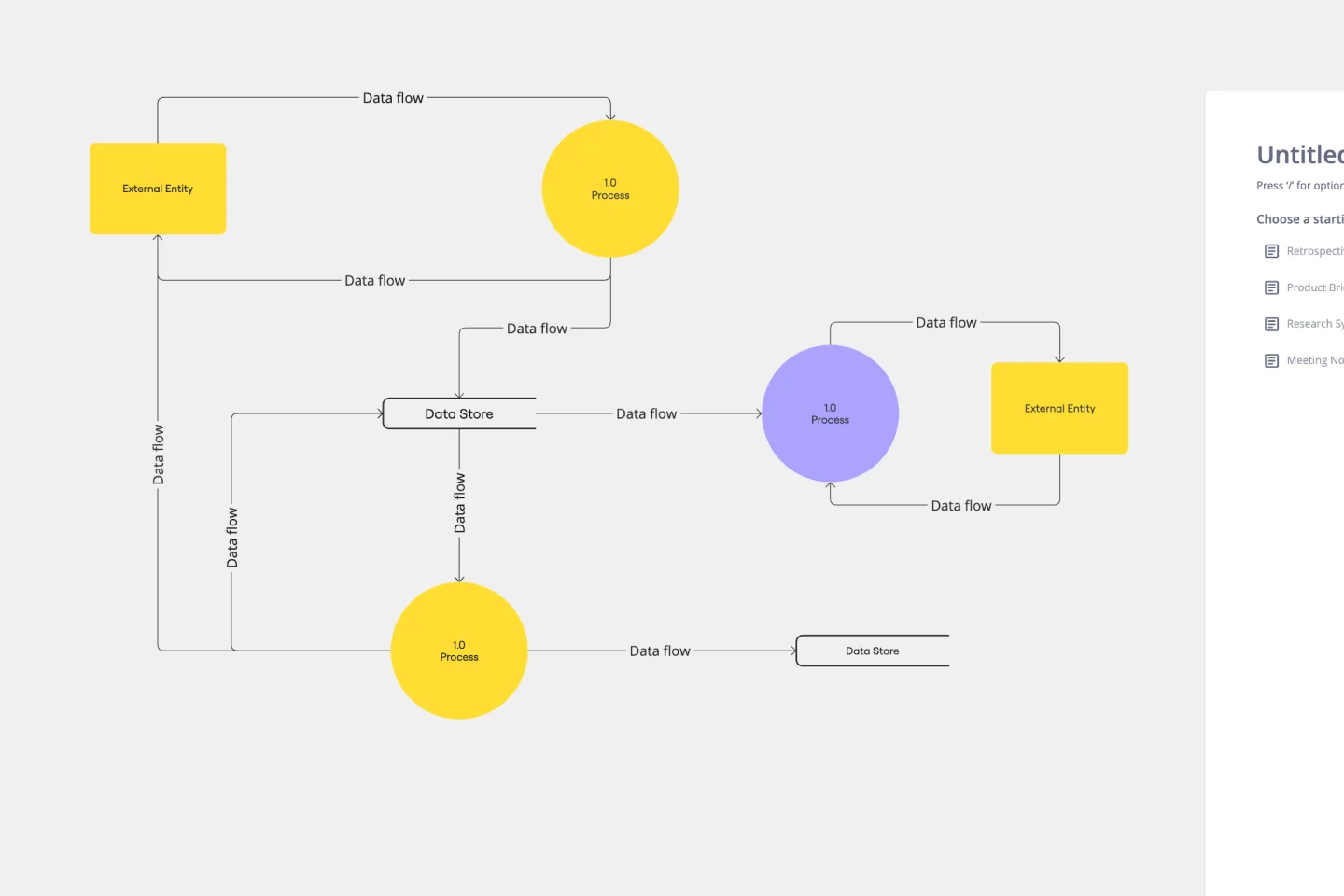
Timeline Template
8 likes560 uses
UML Sequence Diagram Template
4 likes555 uses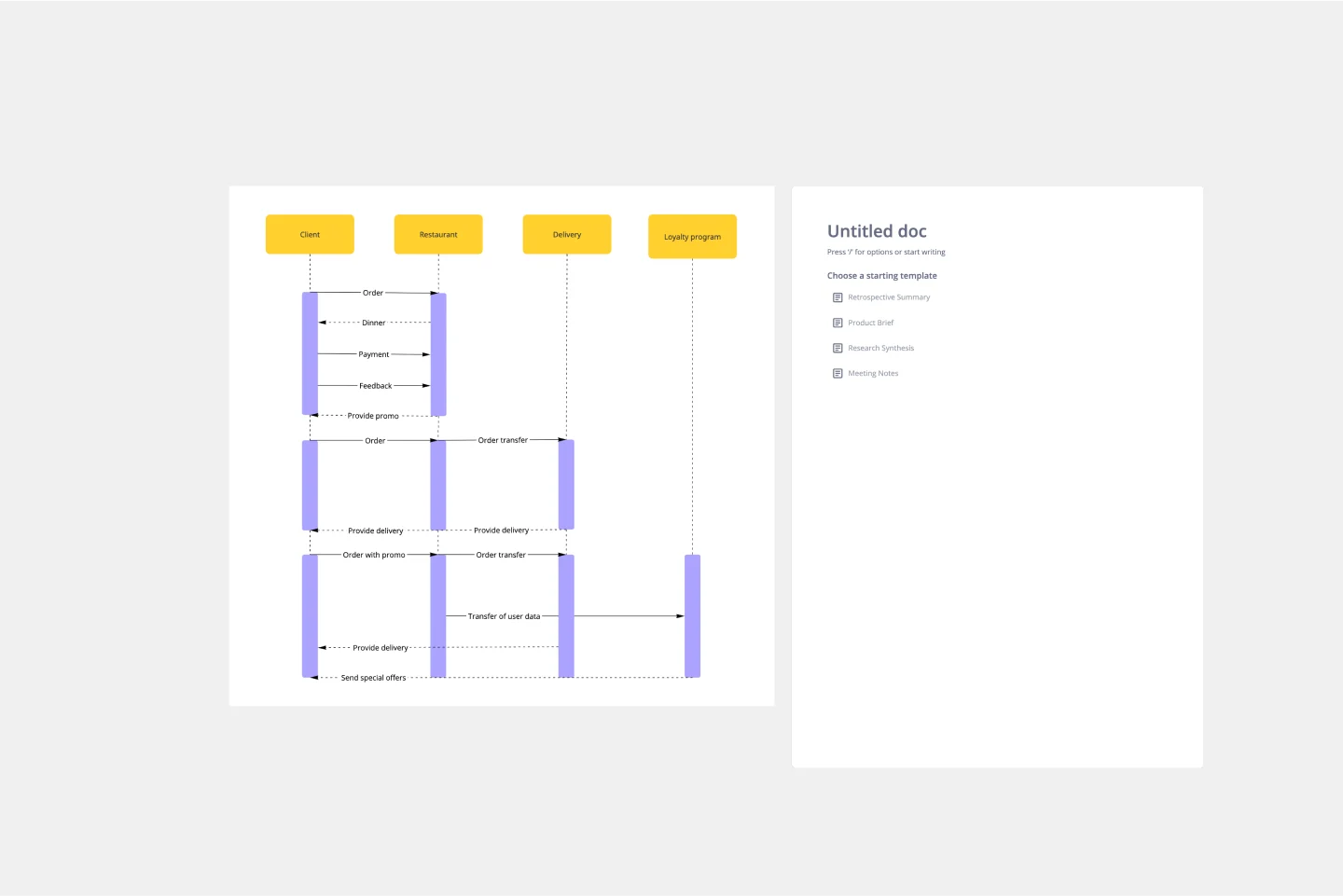
Sitemap Template
6 likes529 uses
Architecture Inception Canvas
72 likes521 uses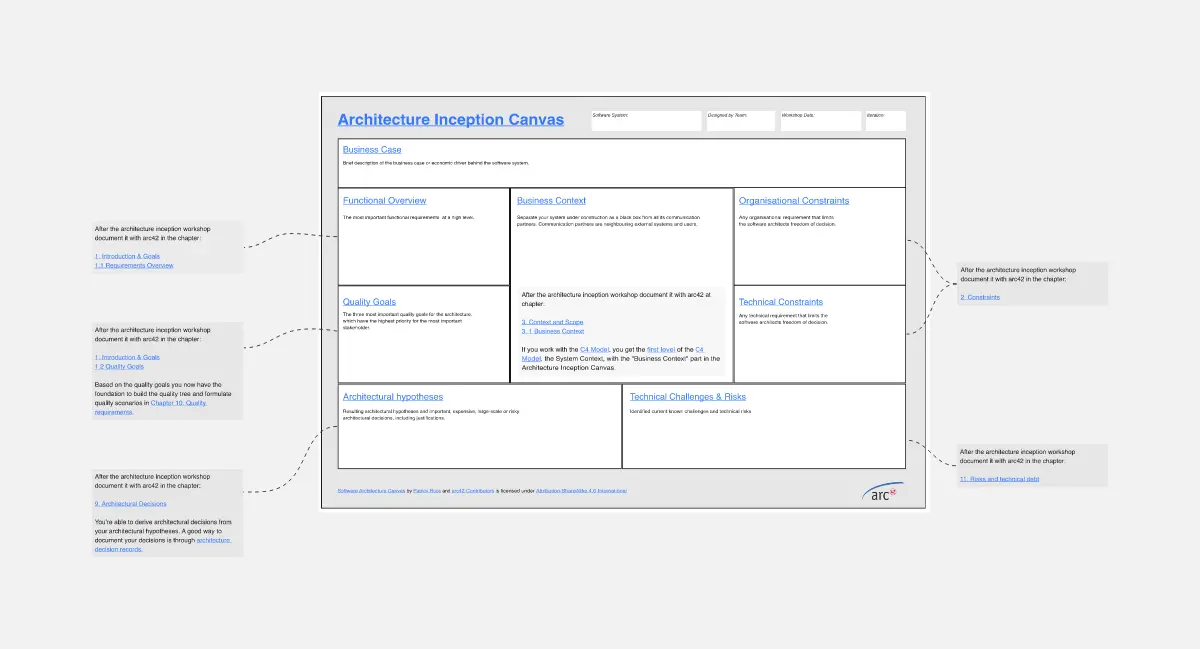
Proposition Development Map
155 likes516 uses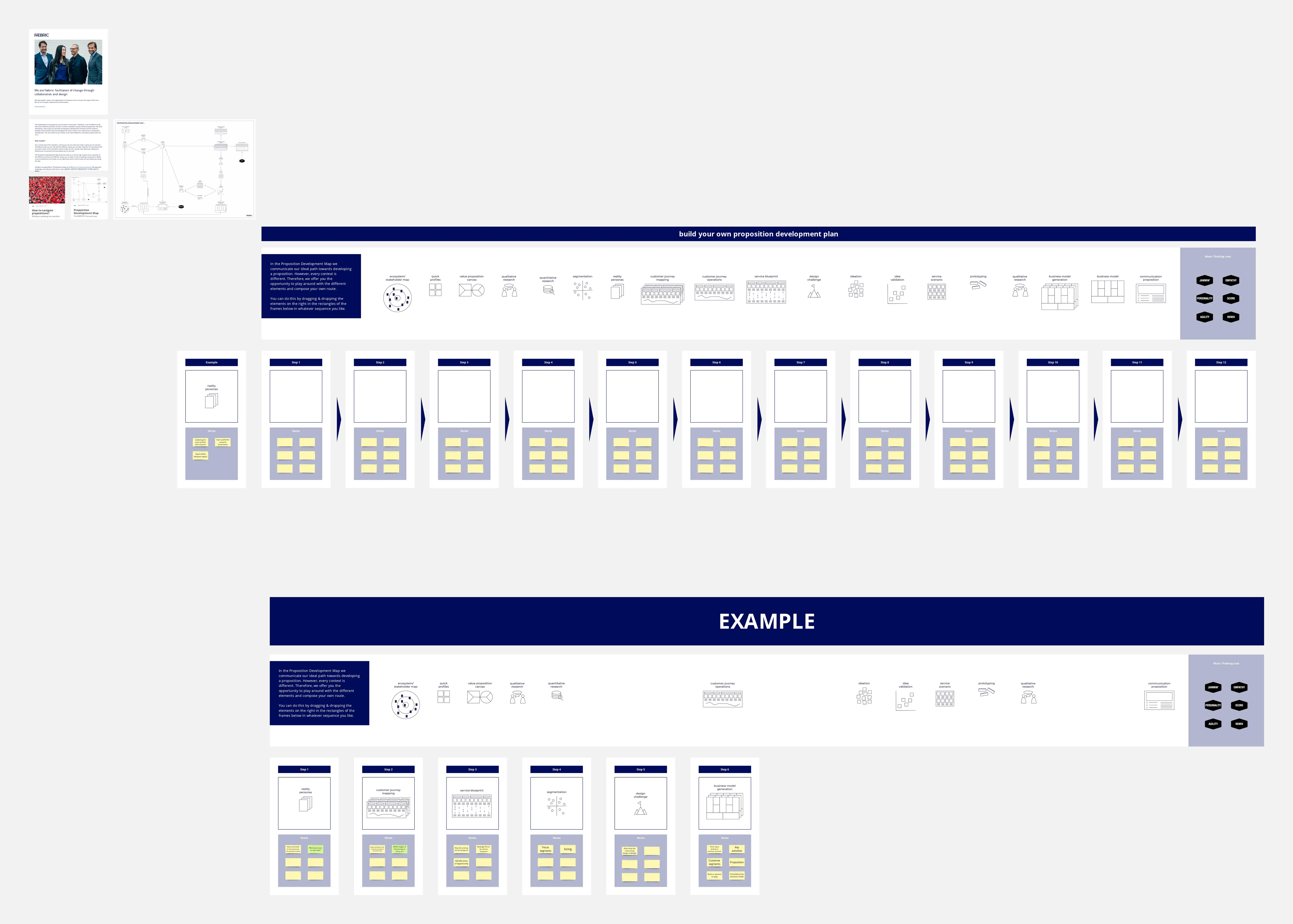
Low-Fidelity Prototype Template
8 likes498 uses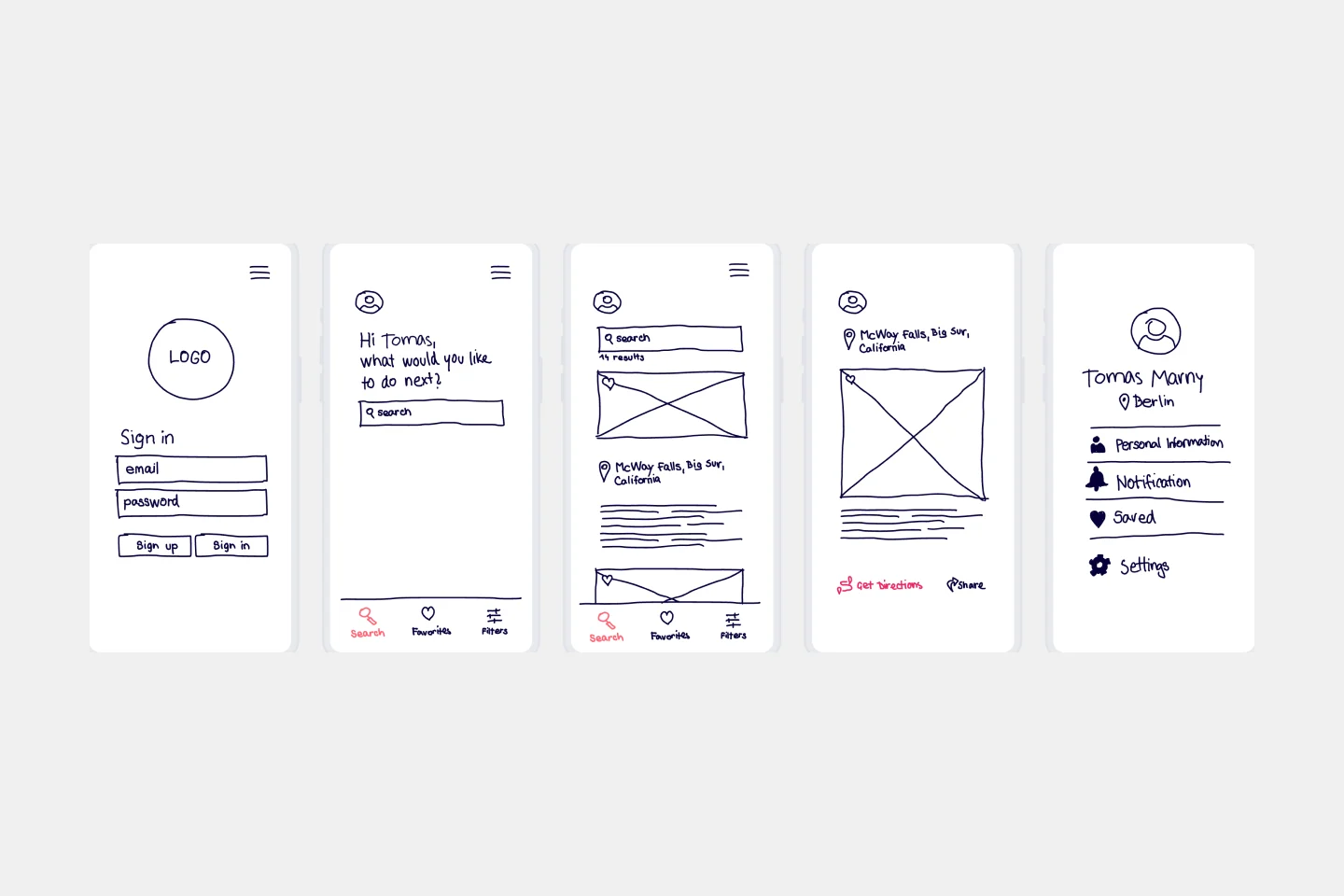
🖌️ Isometric Diagram 3D
25 likes490 uses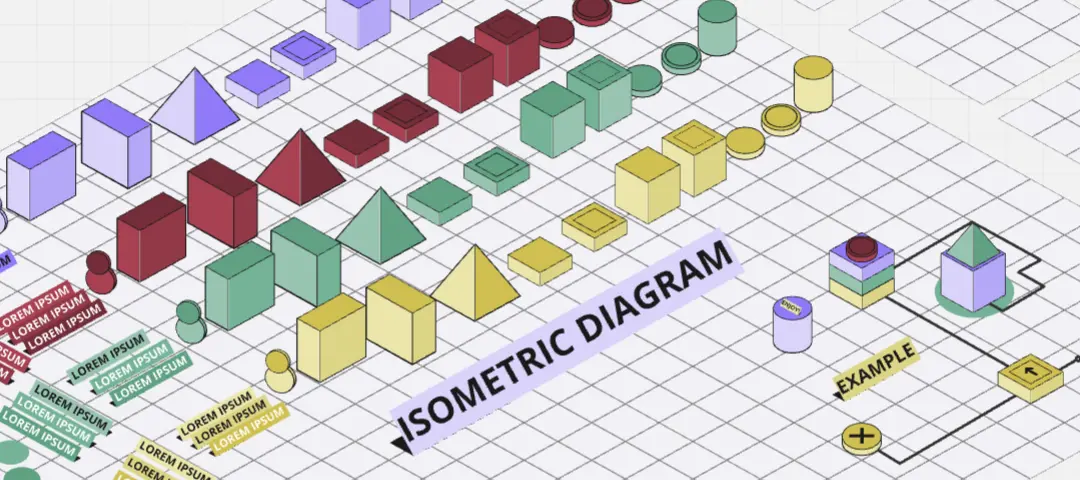
Planning Workshop Toolkit
185 likes467 uses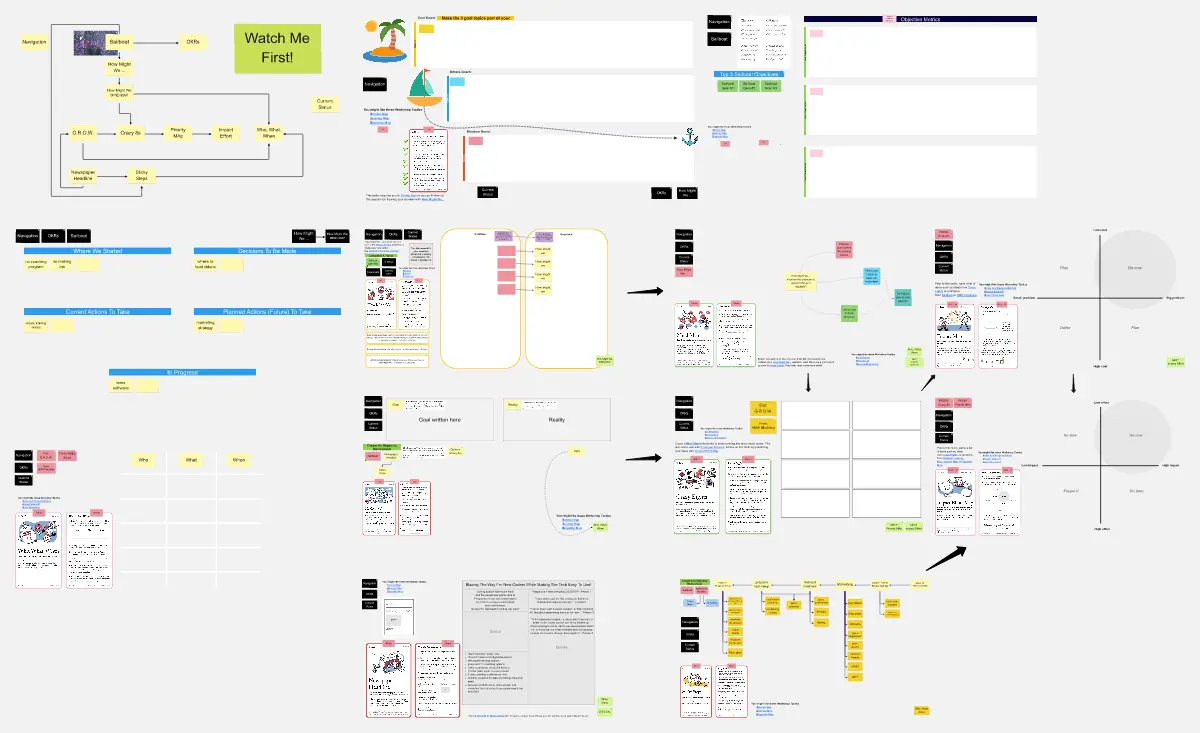
LEGO Sailboat Retrospective
62 likes456 uses
DDD: Domain-Driven Discovery
64 likes445 uses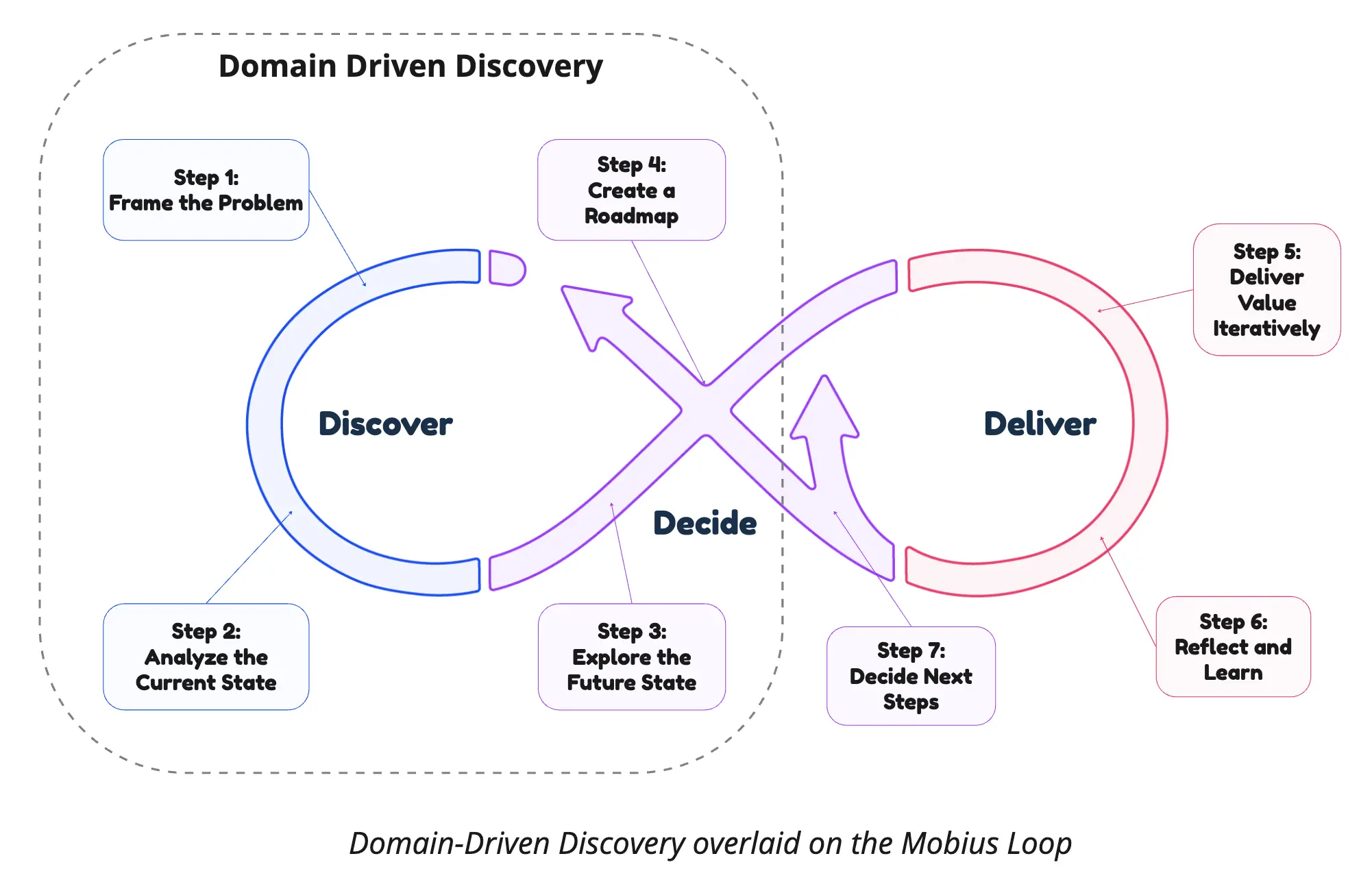
DDD: Discover Systems With C4 Model
43 likes412 uses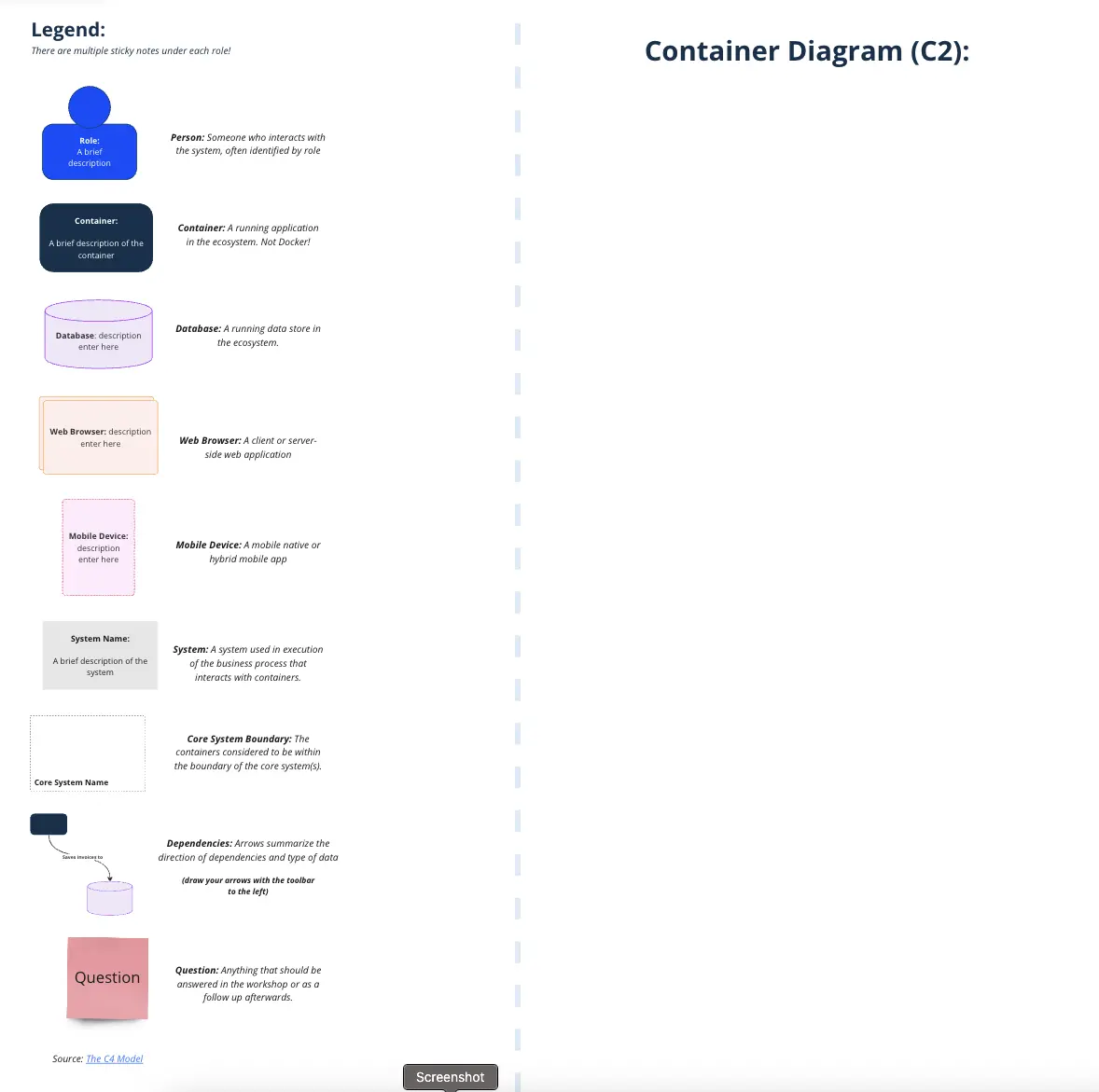
Gantt Chart Project
47 likes410 uses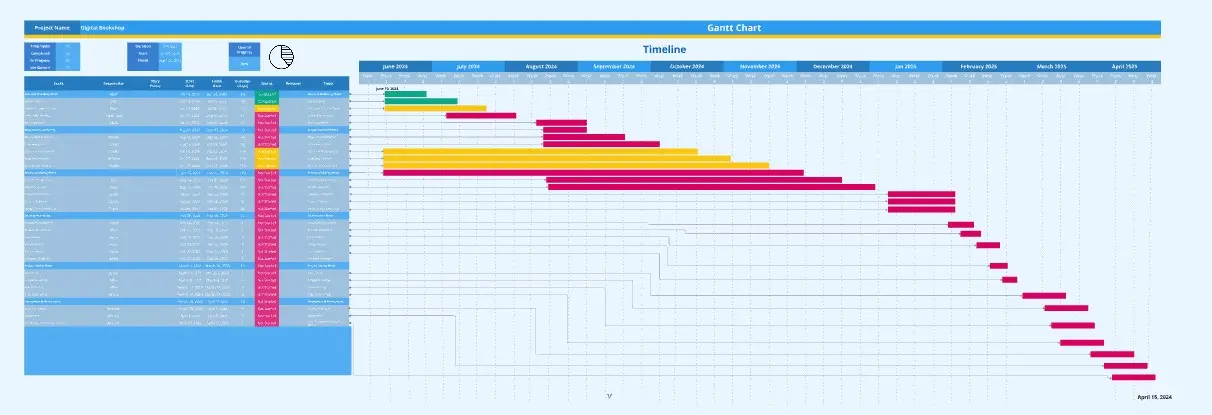
Context Diagram Template
2 likes393 uses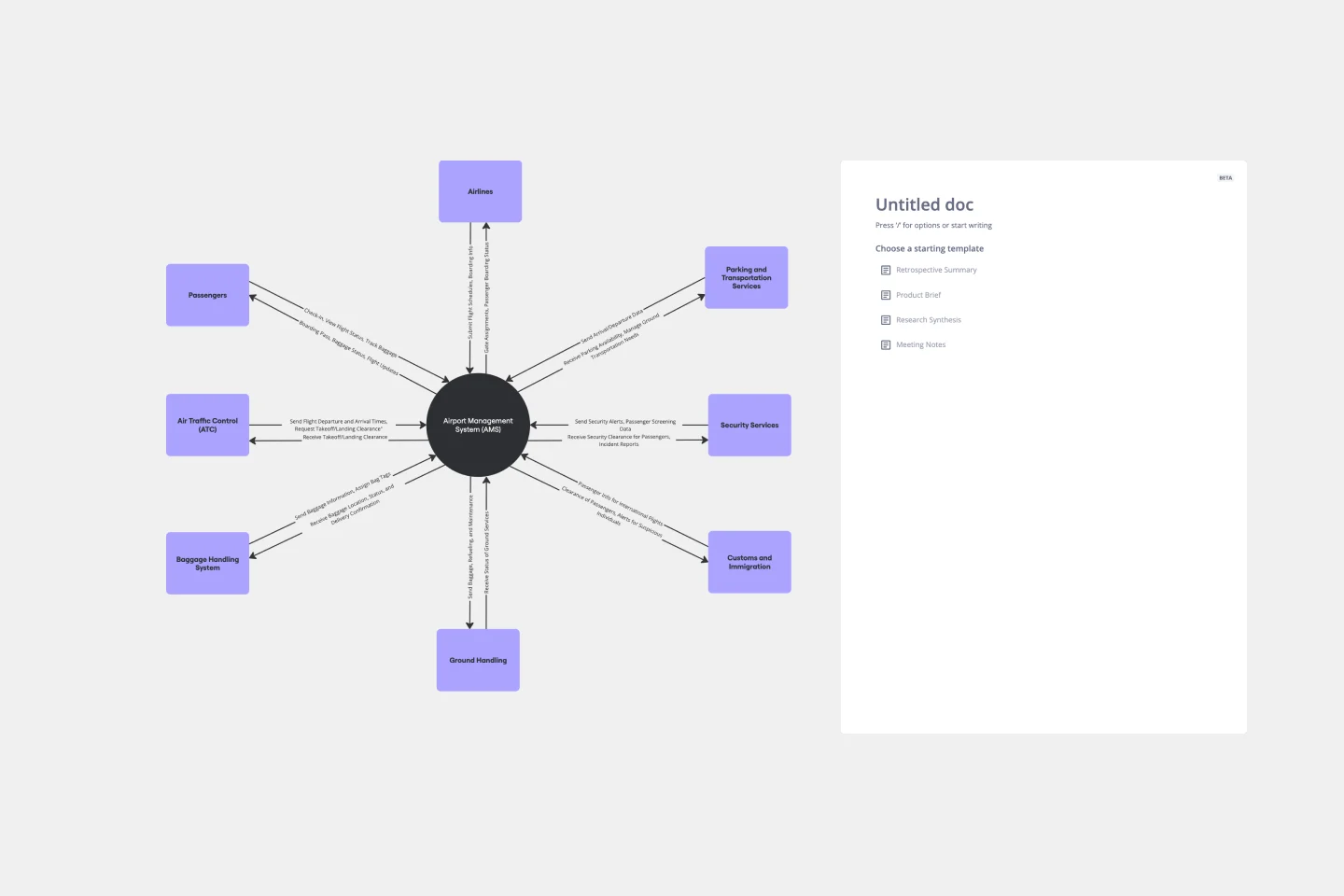
Cell-Based Architecture
36 likes392 uses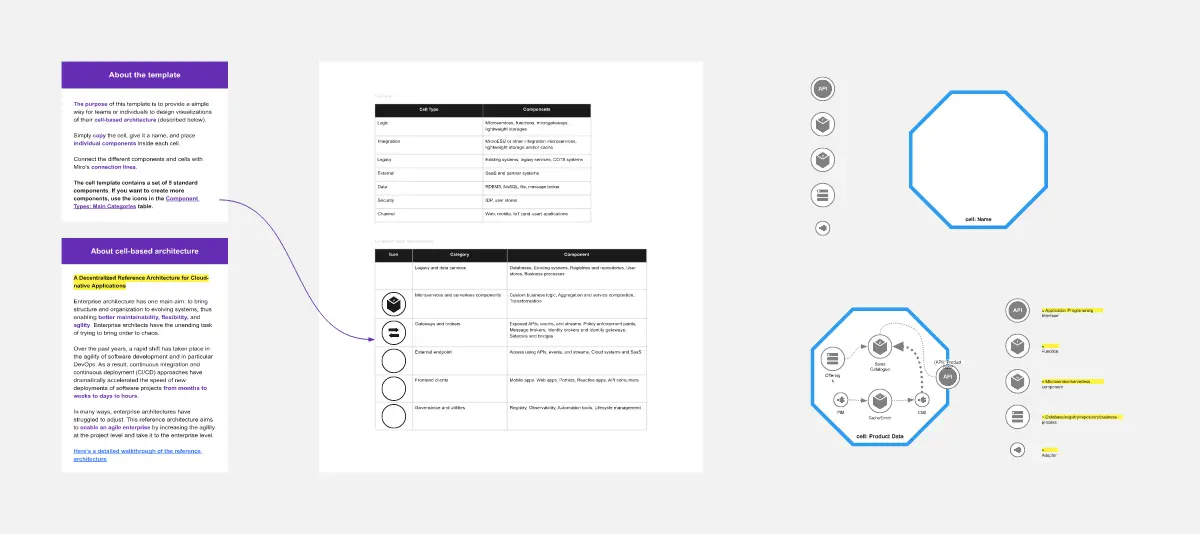
Technology Roadmap Template
9 likes386 uses
Back to the Future Retrospective
46 likes370 uses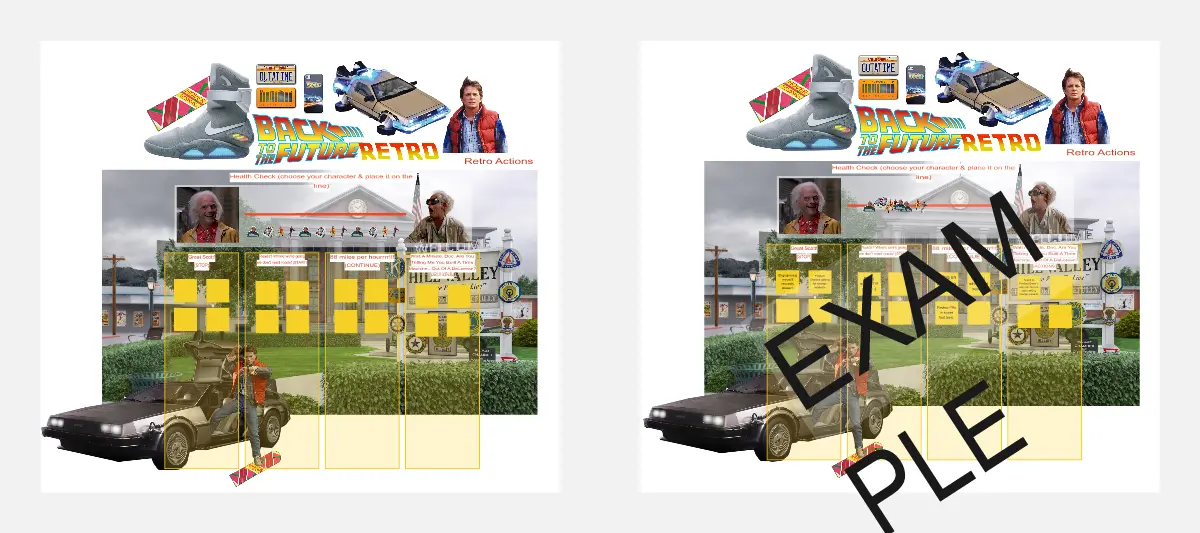
Digital Product Development Template
89 likes370 uses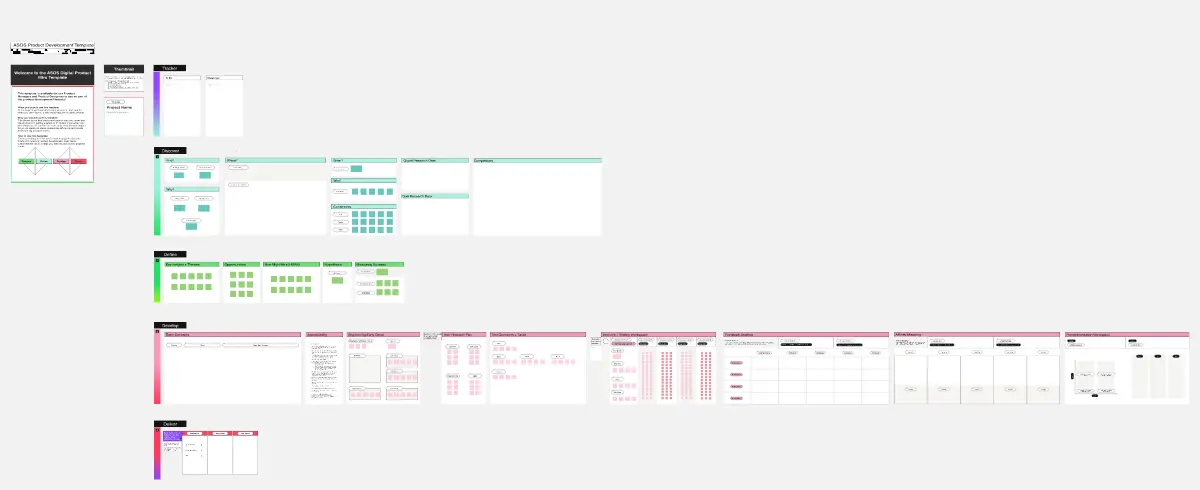
Scaled Product (PI) Planning
54 likes364 uses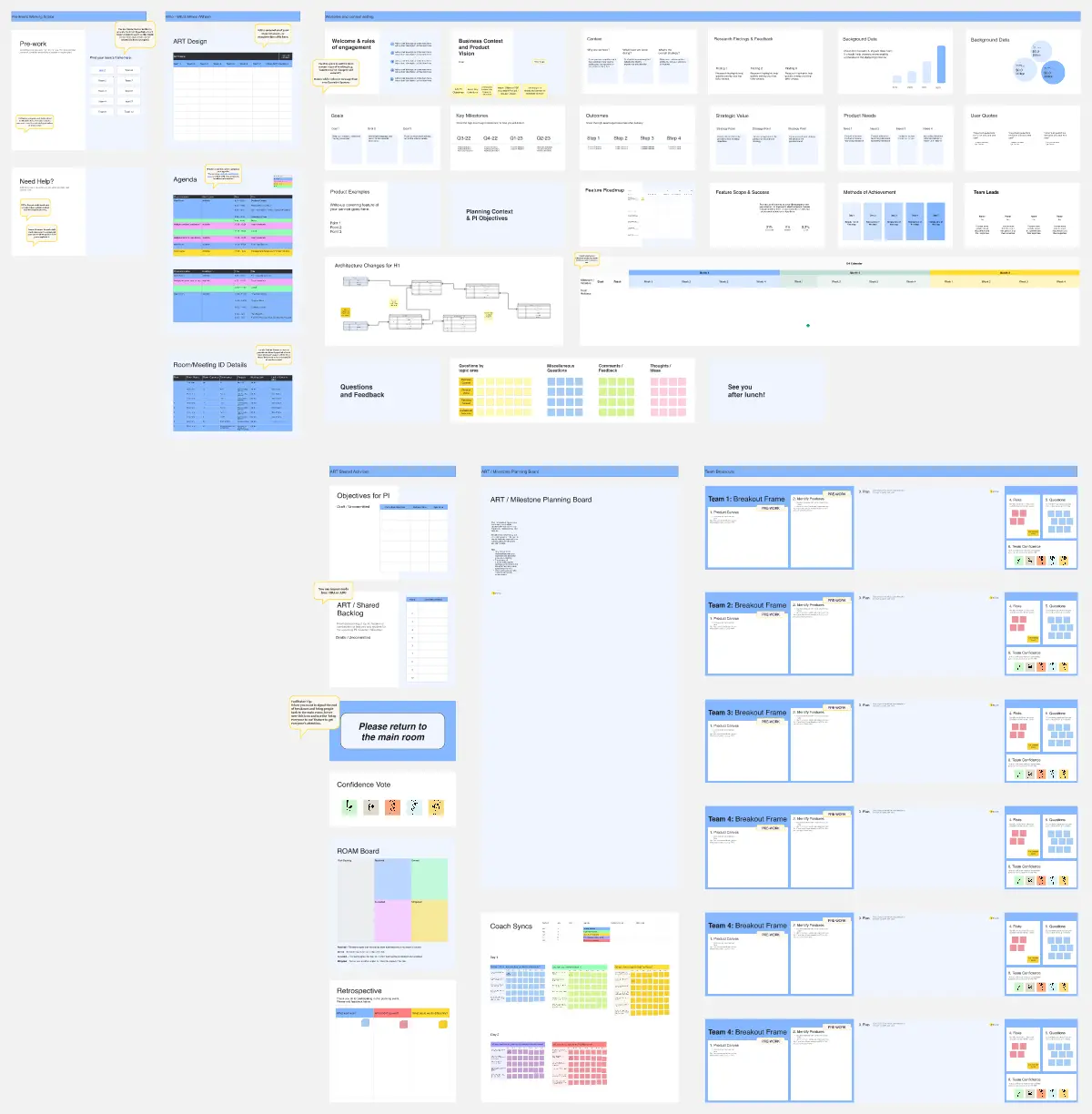
PI Planning Demo
50 likes323 uses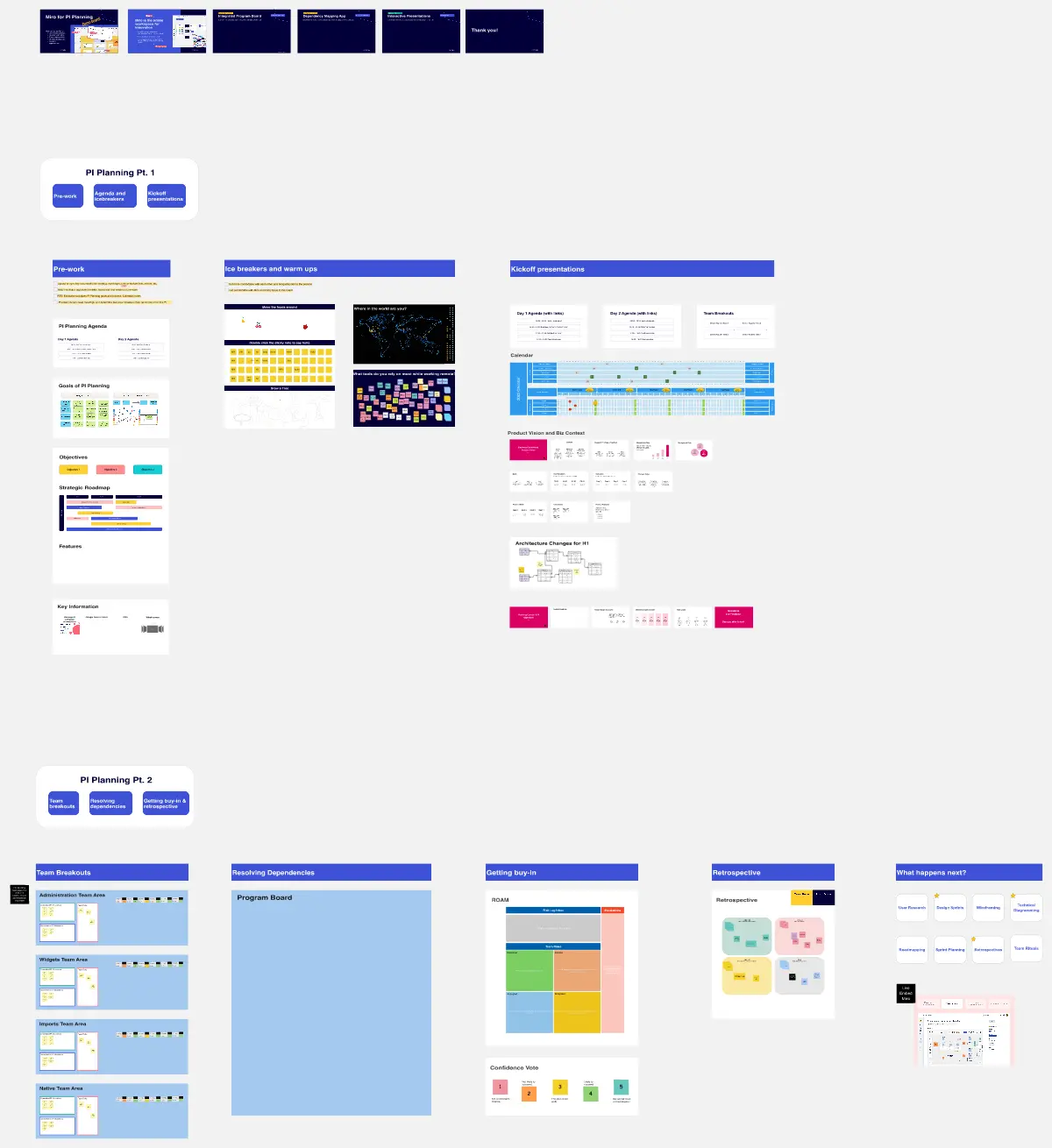
Team Health Check
55 likes320 uses
Technology Maturity Map
78 likes319 uses
ER (Entity-Relationship) Diagram
23 likes318 uses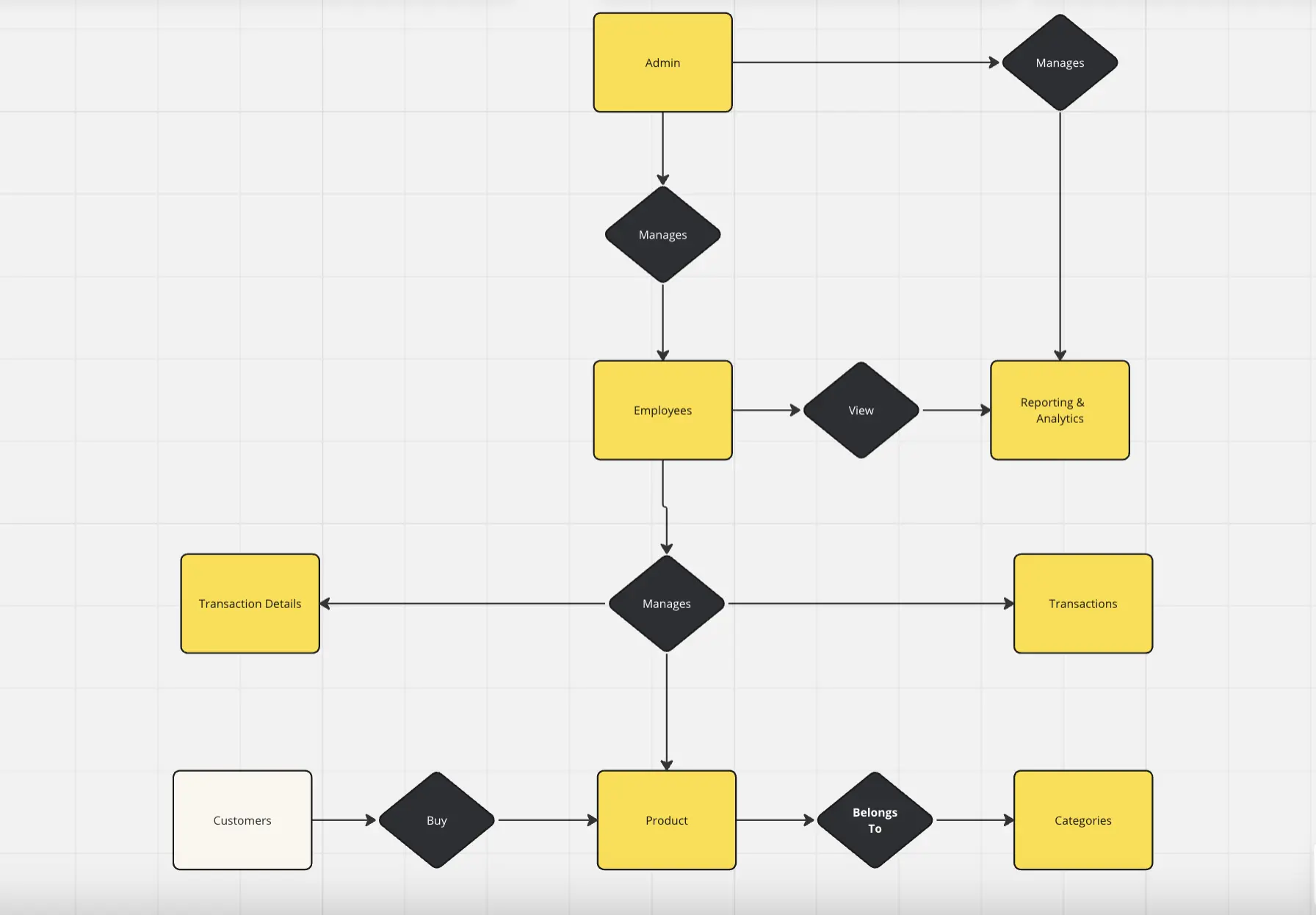
Explore more
AgileIdeation & brainstormingMiroverse Community TemplatesDiagramming & mappingMeetings & workshopsPresentation & slidesResearch & designAI & TransformationStrategy & planningWireframing & prototypingLeadershipMarketingProduct ManagementProject ManagementHR & RecruitmentOperationsStartups TemplatesConsultantsEducationPersonal ProductivityFacilitatorCustomer Journey Map

